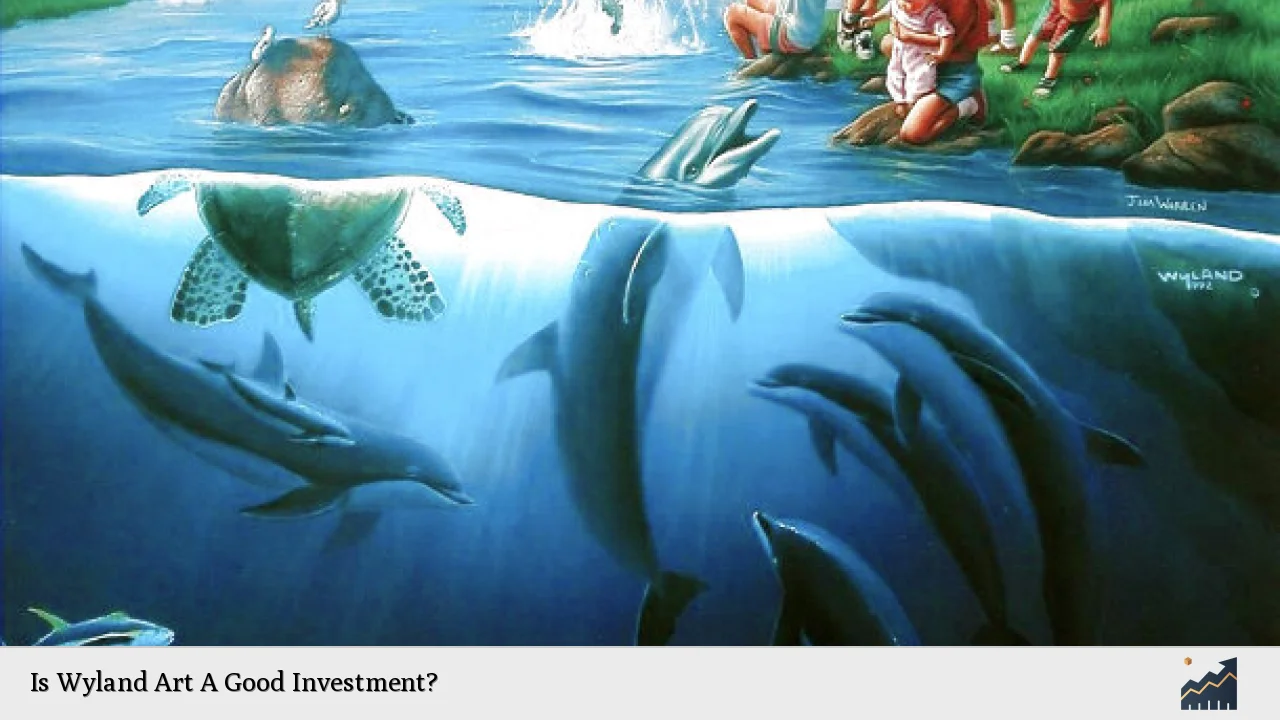Investing in art can be a complex decision, especially when considering works by specific artists like Wyland, known for his marine-themed pieces and environmental advocacy. As an artist, Wyland has cultivated a unique niche that appeals to both collectors and conservationists, making his artwork a potential investment opportunity. This analysis will delve into the market dynamics surrounding Wyland’s art, the factors influencing its value, and the risks and rewards associated with investing in this particular genre.
| Key Concept | Description/Impact |
|---|---|
| Market Demand | Wyland’s focus on marine life attracts a dedicated audience, enhancing demand for his works. |
| Artwork Rarity | Original pieces and limited editions are scarce, contributing to their potential appreciation in value. |
| Investment Diversification | Art serves as an alternative asset class, helping investors diversify beyond traditional markets. |
| Market Volatility | The art market can be influenced by broader economic conditions, affecting liquidity and resale value. |
| Authenticity Verification | Ensuring the authenticity of artworks is crucial for maintaining value and avoiding fraud. |
Market Analysis and Trends
The art market has seen significant fluctuations over recent years, influenced by economic conditions and changing collector preferences. In 2023, the overall sales value in the art market declined; however, the number of lots sold increased, indicating a shift towards more affordable artworks such as prints and multiples. This trend is particularly relevant for Wyland’s market, where limited editions often attract buyers looking for entry-level investments.
Current Market Statistics
- Original Oil Paintings: Prices range from $20,000 to $100,000 depending on size and rarity.
- Limited-Edition Prints: More accessible, typically priced between $1,000 to $5,000.
- Market Resilience: Despite economic downturns, art remains a low-correlation asset class with potential for appreciation.
The demand for Wyland’s art is bolstered by his reputation as an environmental advocate. His unique ability to blend artistic expression with conservation efforts resonates with a growing demographic of eco-conscious collectors.
Implementation Strategies
Investing in Wyland art requires a thoughtful approach:
- Research Market Values: Utilize auction results and gallery price listings to gauge fair market values.
- Focus on Limited Editions: Prioritize purchasing limited editions or original works which typically appreciate more than mass-produced prints.
- Engage with Reputable Sources: Always buy from established galleries or directly from Wyland’s representatives to ensure authenticity.
- Consider Personal Passion: Align investments with personal interests in marine life or environmental conservation to enhance enjoyment alongside financial gains.
Risk Considerations
Investing in art carries inherent risks that must be managed:
- Liquidity Issues: Art is not a liquid asset; selling can take time and may not yield immediate returns.
- Market Fluctuations: The value of art can be volatile based on economic conditions and shifts in collector interest.
- Maintenance Costs: Proper storage and insurance are essential to preserve artwork, adding ongoing expenses.
- Potential Depreciation: While Wyland’s work has appreciated historically, there is no guarantee that this trend will continue indefinitely.
Regulatory Aspects
Art investments are subject to various regulatory considerations:
- Tax Implications: Understanding capital gains tax on art sales is crucial for maximizing investment returns.
- Authenticity Standards: Regulatory bodies may require proof of authenticity for resale; investing in certified pieces mitigates this risk.
- Art Financing Regulations: As the market evolves, regulations surrounding art-backed loans are becoming more relevant for investors seeking liquidity without selling their assets.
Future Outlook
The future of investing in Wyland’s art appears promising but will depend on several factors:
- Continued Interest in Environmental Themes: As global awareness of environmental issues grows, the appeal of Wyland’s work may increase further.
- Technological Integration: The rise of online platforms for buying and selling art could enhance accessibility and transparency in transactions.
- Market Corrections: While current trends show resilience, potential corrections in the broader art market could impact values across all segments.
Investors should remain vigilant about market trends while aligning their portfolios with personal values and interests.
Frequently Asked Questions About Is Wyland Art A Good Investment?
- Why should I consider investing in Wyland paintings?
Wyland’s unique niche in marine life and environmental advocacy enhances demand for his works, potentially increasing their value over time. - Are limited editions worth investing in?
Yes, limited editions are generally more valuable than mass-produced prints due to their exclusivity. - How do I ensure my Wyland painting retains its value?
Maintain proper storage conditions, verify authenticity upon purchase, and regularly assess its market value. - Can Wyland’s art lose value?
Like any investment, there is a risk of depreciation due to market fluctuations or shifts in collector preferences. - Where can I buy authentic Wyland paintings?
You can purchase from authorized galleries, major auction houses, or directly through Wyland’s official channels. - What should I know about the liquidity of art investments?
Art is generally illiquid; selling may take time and might not yield immediate returns compared to traditional investments like stocks. - What are the costs associated with owning Wyland art?
Costs include purchase price, insurance, maintenance (such as climate-controlled storage), and potential restoration expenses. - How does the current economic climate affect art investments?
The economic environment influences buyer behavior; during downturns, collectors may gravitate towards more affordable artworks.
In conclusion, investing in Wyland’s artwork presents both opportunities and challenges. With careful consideration of market trends and personal interests aligned with environmental conservation themes, investors can navigate this niche successfully. As always, conducting thorough research and seeking professional advice when needed will enhance investment outcomes.

